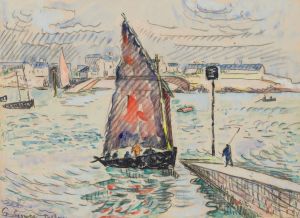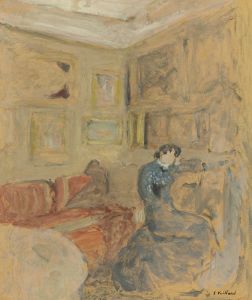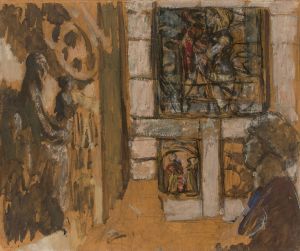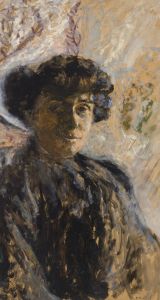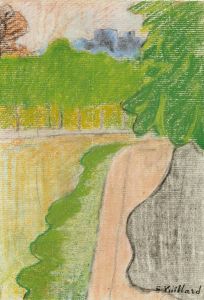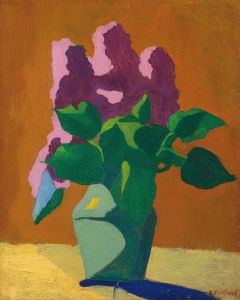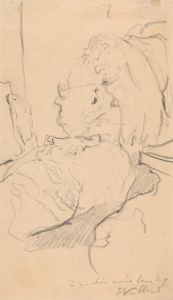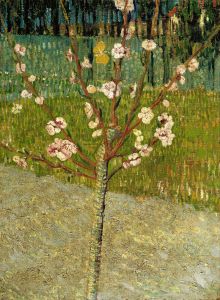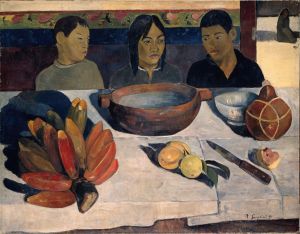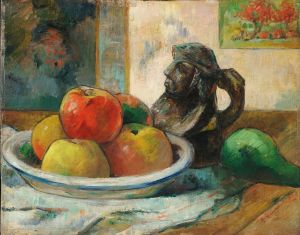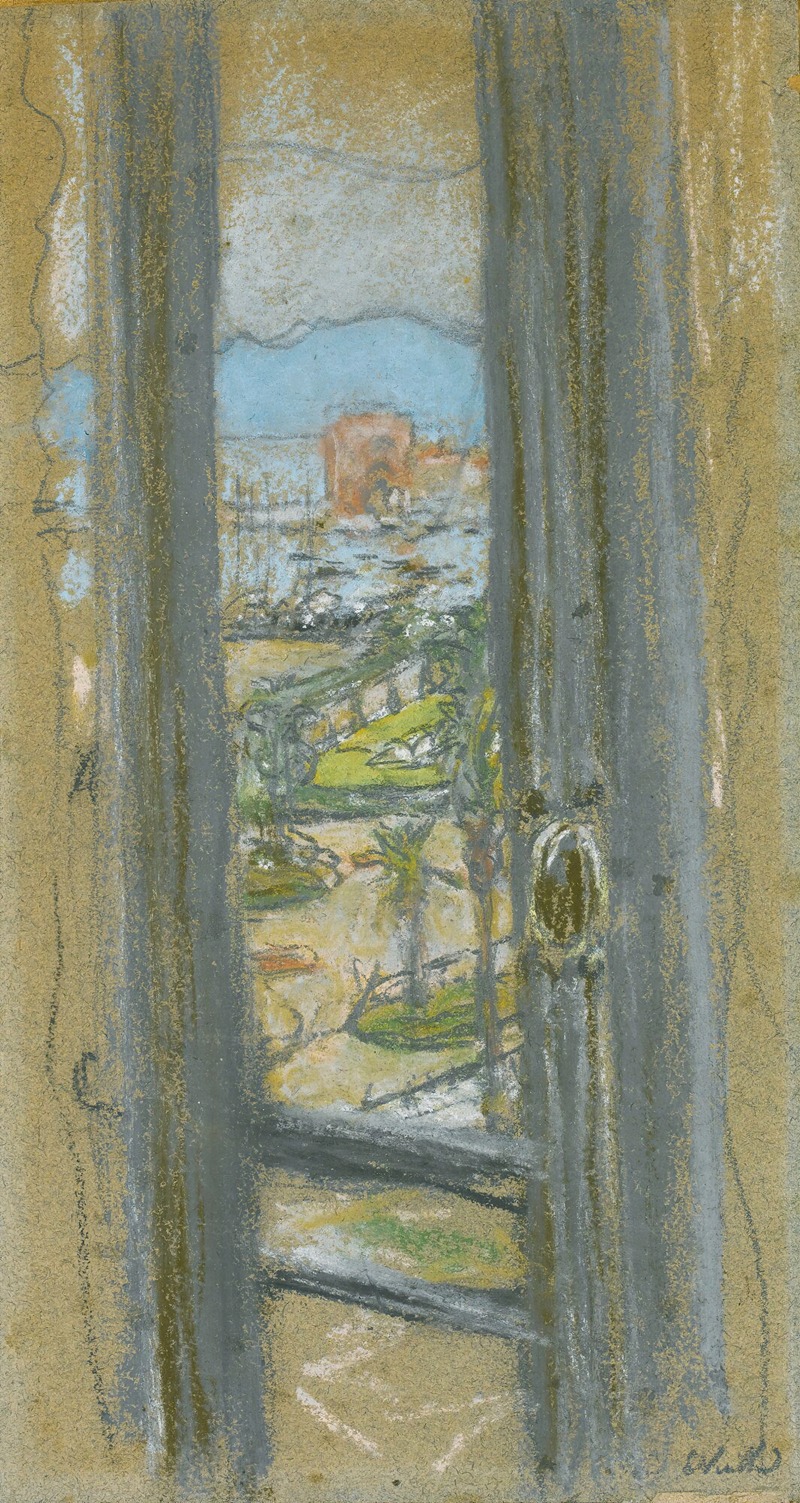
La Fenetre A Cannes
A hand-painted replica of Édouard Vuillard’s masterpiece La Fenetre A Cannes, meticulously crafted by professional artists to capture the true essence of the original. Each piece is created with museum-quality canvas and rare mineral pigments, carefully painted by experienced artists with delicate brushstrokes and rich, layered colors to perfectly recreate the texture of the original artwork. Unlike machine-printed reproductions, this hand-painted version brings the painting to life, infused with the artist’s emotions and skill in every stroke. Whether for personal collection or home decoration, it instantly elevates the artistic atmosphere of any space.
Édouard Vuillard, a prominent French painter associated with the Nabi movement, created "La Fenêtre à Cannes" during his prolific career. Vuillard is renowned for his intimate interior scenes and his ability to capture the subtleties of domestic life. His work often reflects a keen observation of the interplay between light and color, which is evident in "La Fenêtre à Cannes."
Vuillard was born on November 11, 1868, in Cuiseaux, France, and he spent much of his life in Paris. He studied at the prestigious Académie Julian and later at the École des Beaux-Arts, where he met other artists who would become part of the Nabi group. The Nabis, including Pierre Bonnard and Maurice Denis, were influenced by Paul Gauguin and sought to break away from the naturalism of Impressionism, focusing instead on symbolic content and the decorative aspects of painting.
"La Fenêtre à Cannes" exemplifies Vuillard's mature style, characterized by a subtle use of color and a focus on the intimate settings of everyday life. The painting depicts a window scene in Cannes, a city on the French Riviera known for its picturesque landscapes and vibrant light. Vuillard often spent time in the south of France, where the unique quality of light influenced his palette and compositions.
In this work, Vuillard captures the essence of a quiet moment, using the window as a framing device to draw the viewer's attention to the interplay between the interior and exterior spaces. The composition is marked by a harmonious balance of colors and forms, with the window acting as a threshold between the domestic interior and the sunlit world outside. Vuillard's brushwork is delicate and nuanced, creating a sense of depth and atmosphere that invites the viewer to linger on the details.
Vuillard's approach to painting was deeply influenced by his interest in Japanese prints and the decorative arts, which is evident in the flattened perspective and emphasis on pattern and color in "La Fenêtre à Cannes." His work often blurs the line between fine art and decoration, reflecting his belief that art should be integrated into everyday life.
Throughout his career, Vuillard remained committed to exploring the intimate and personal aspects of his subjects, often drawing inspiration from his own surroundings and the people close to him. His paintings are celebrated for their ability to convey a sense of warmth and familiarity, inviting viewers to engage with the quiet beauty of everyday moments.
"La Fenêtre à Cannes" is a testament to Vuillard's skill as a painter and his ability to capture the subtle interplay of light and color. It stands as a significant example of his work within the context of the Nabi movement and his broader artistic legacy. Vuillard continued to paint and exhibit his work until his death on June 21, 1940, leaving behind a rich body of work that continues to be studied and admired for its unique contribution to modern art.





